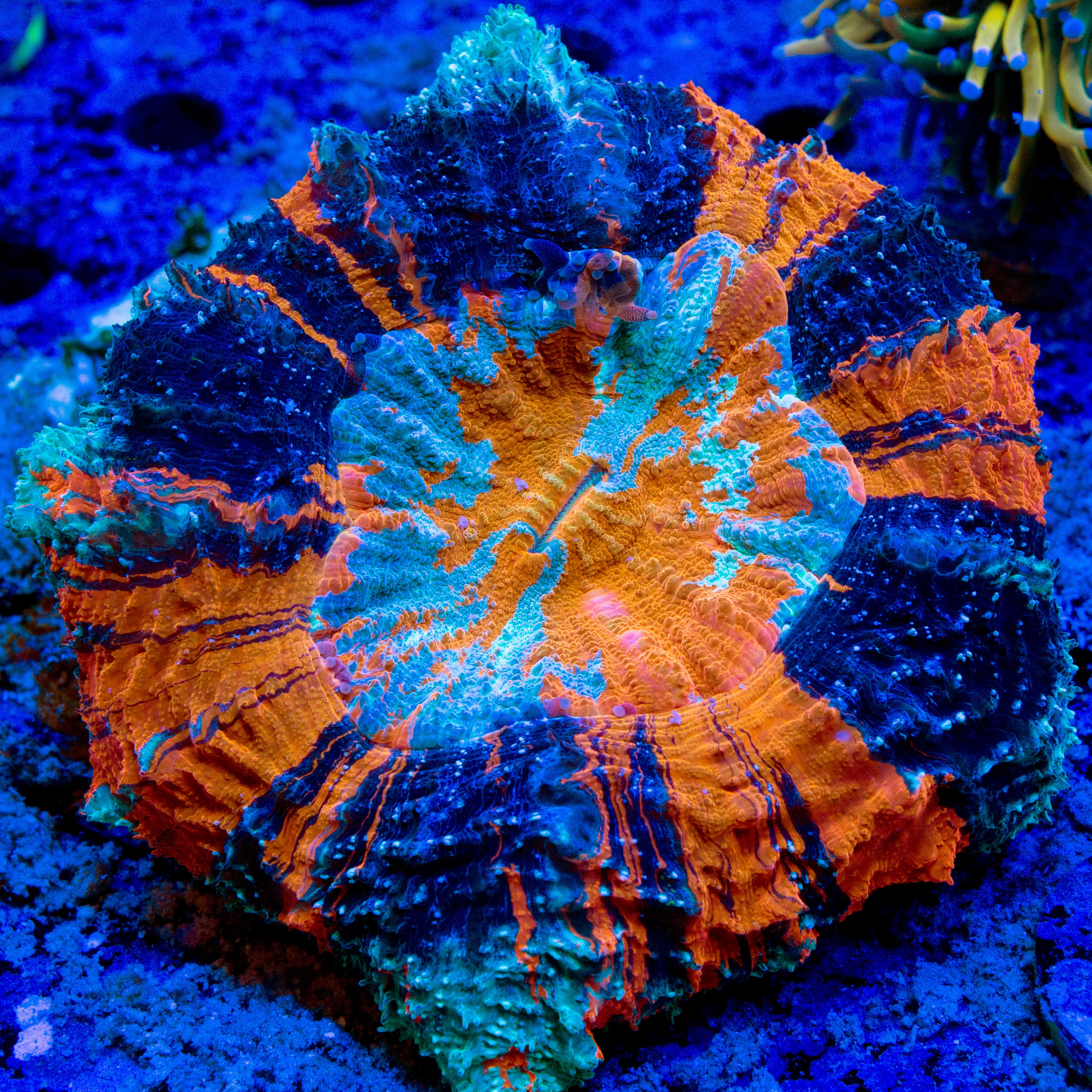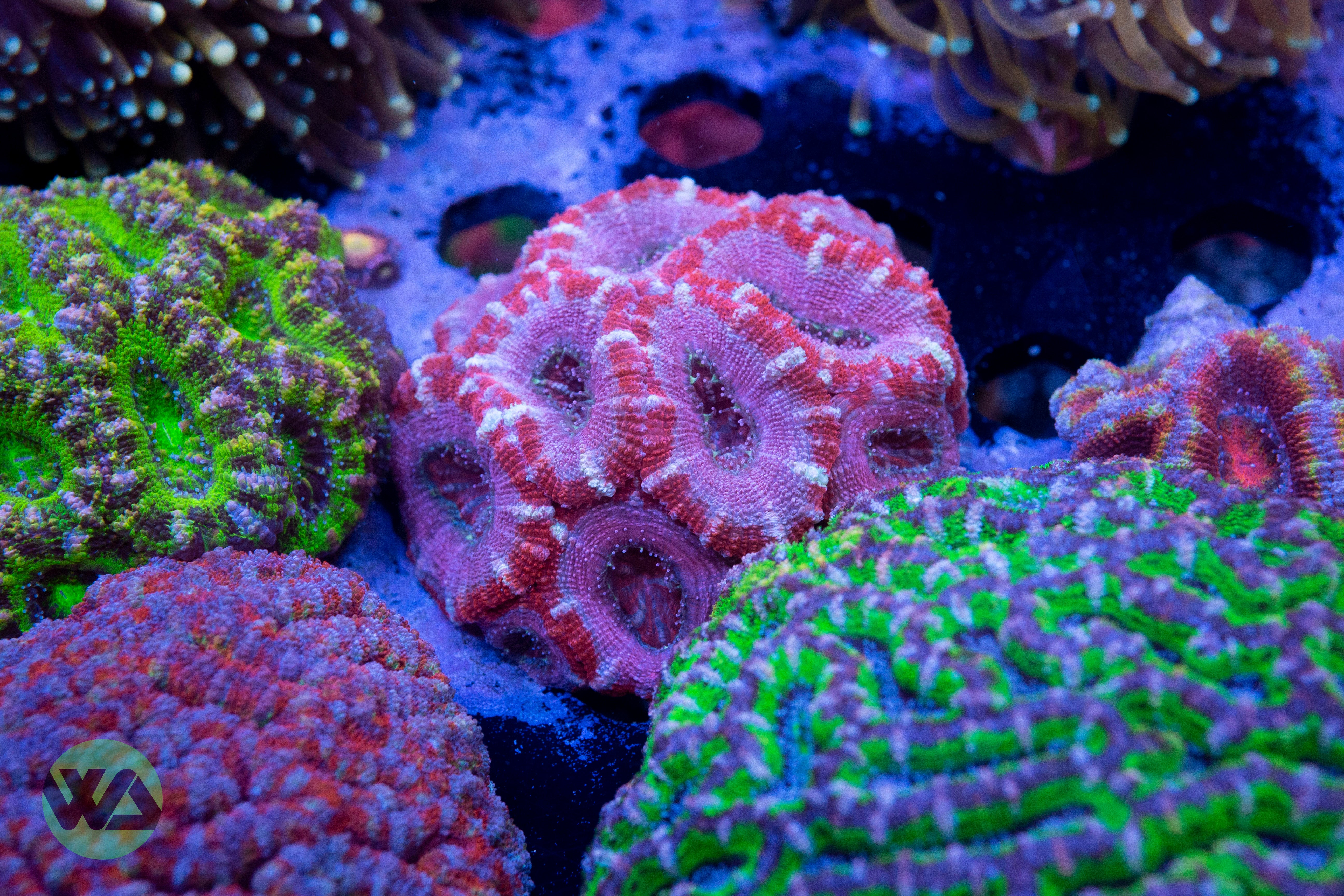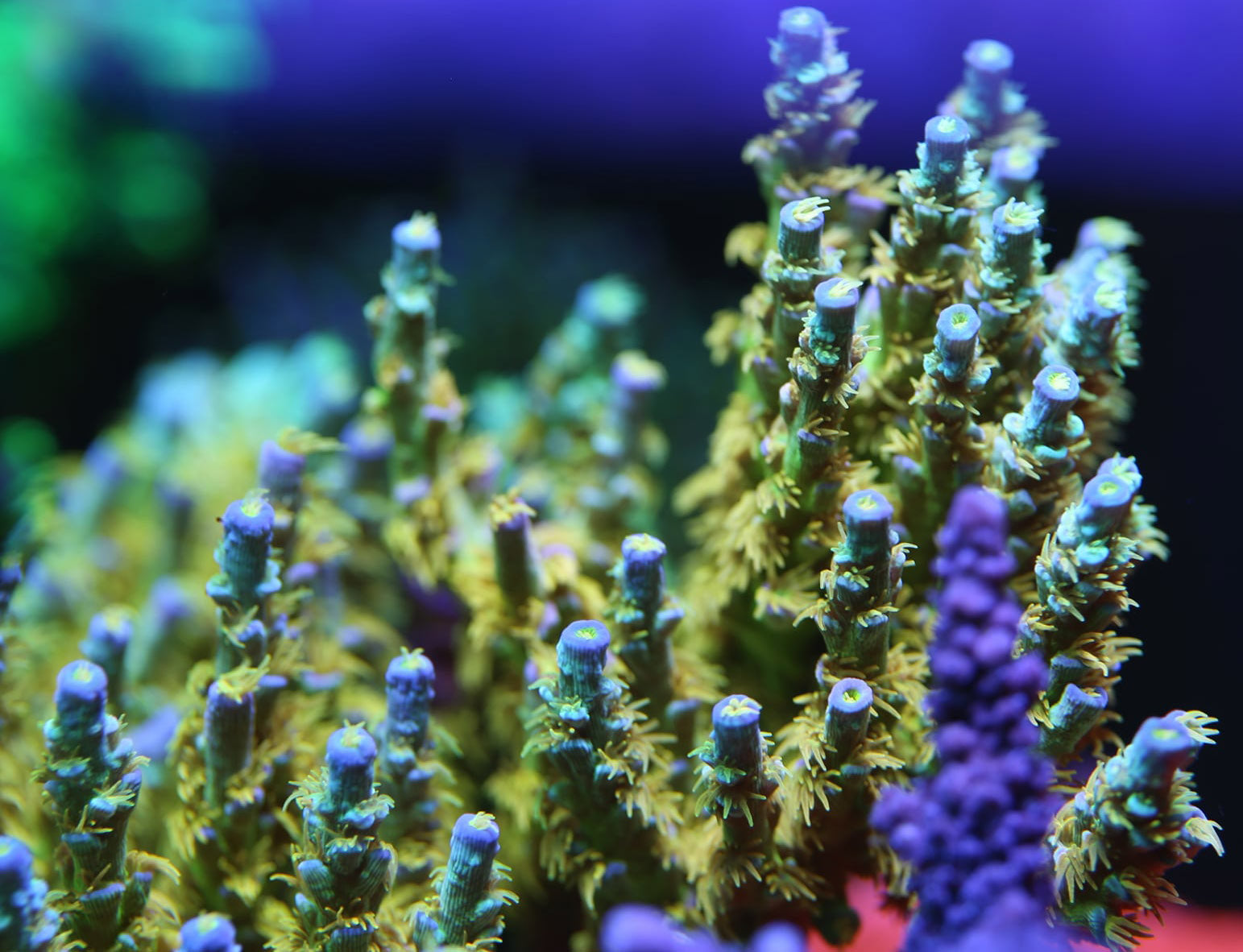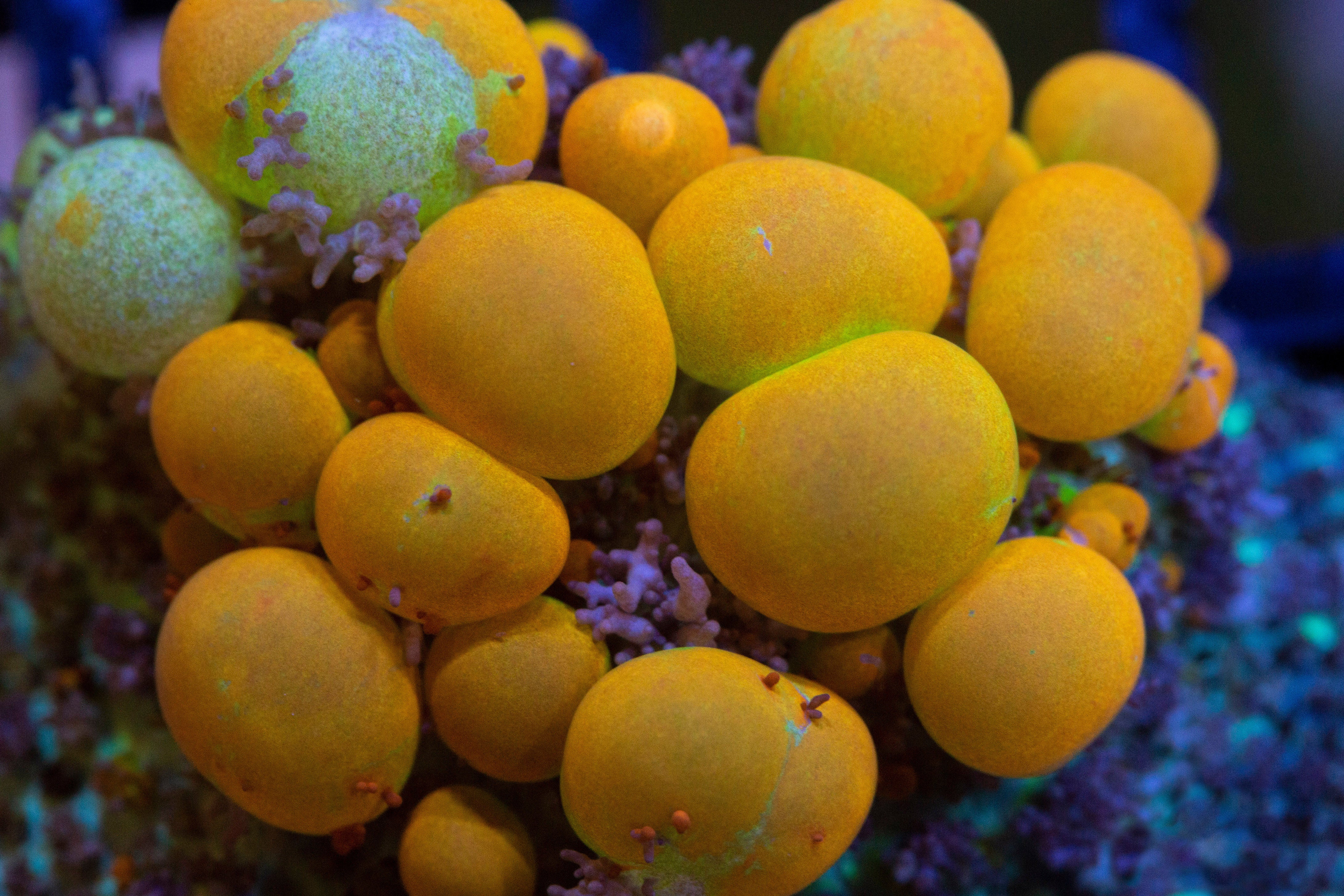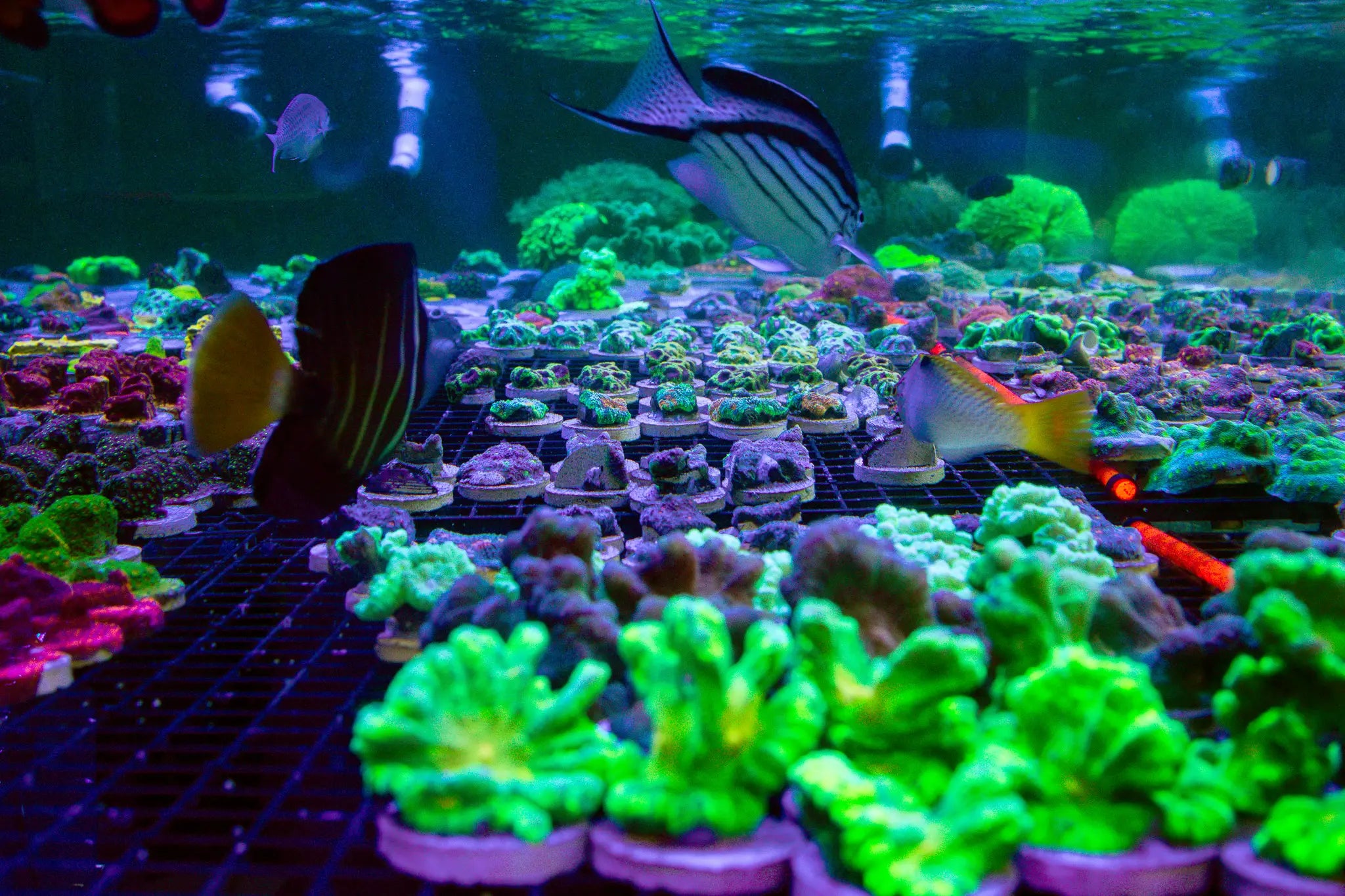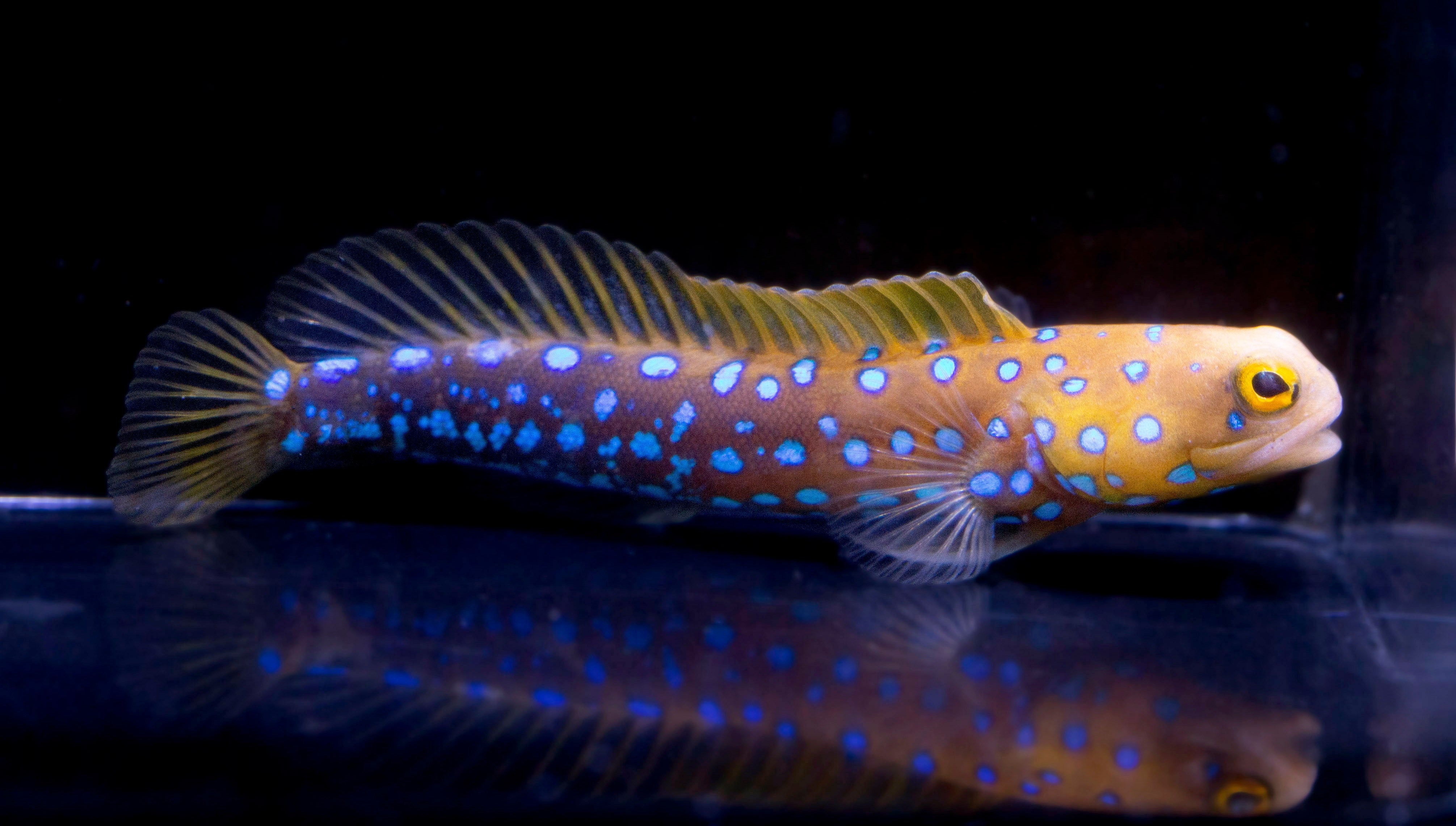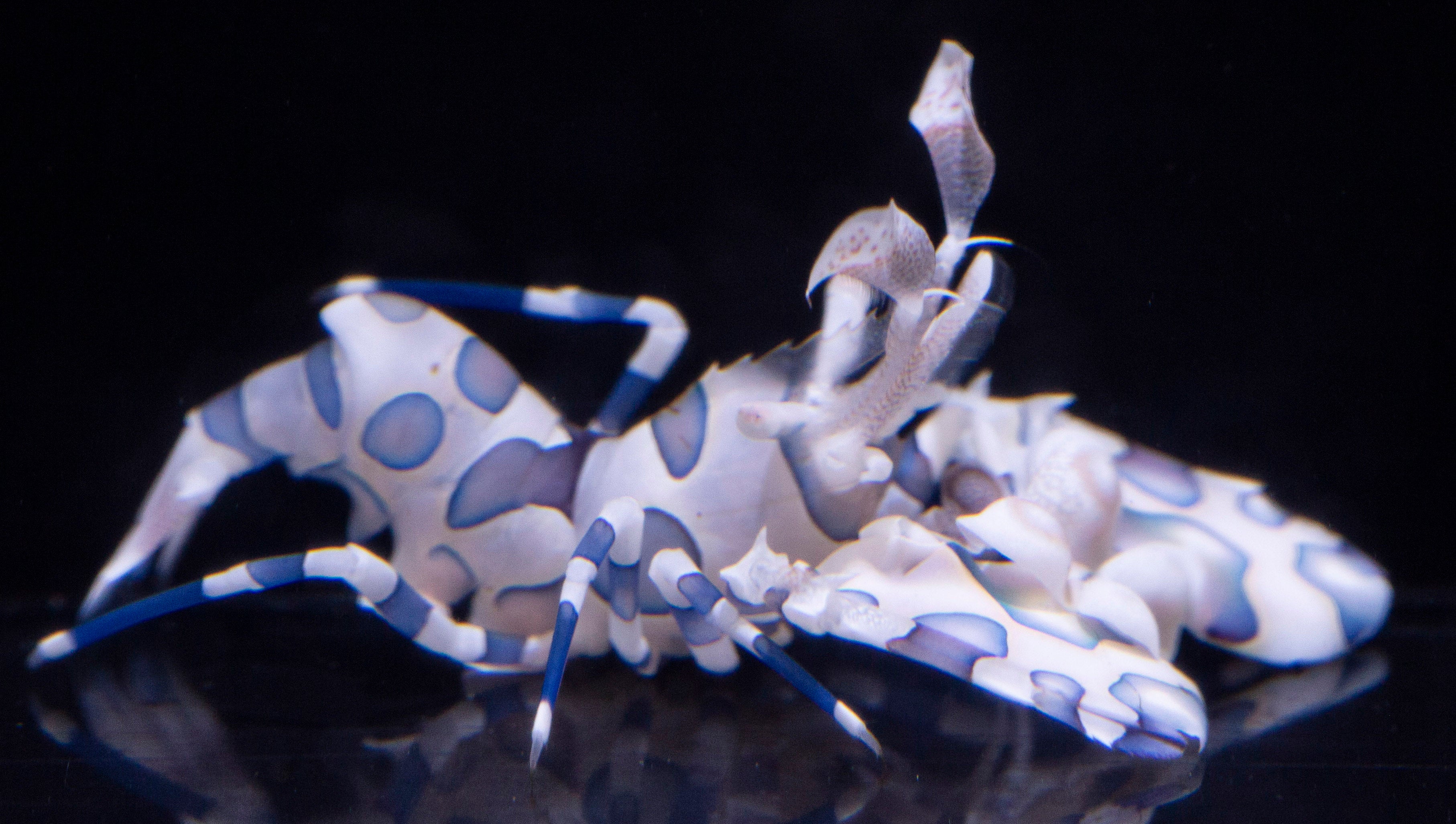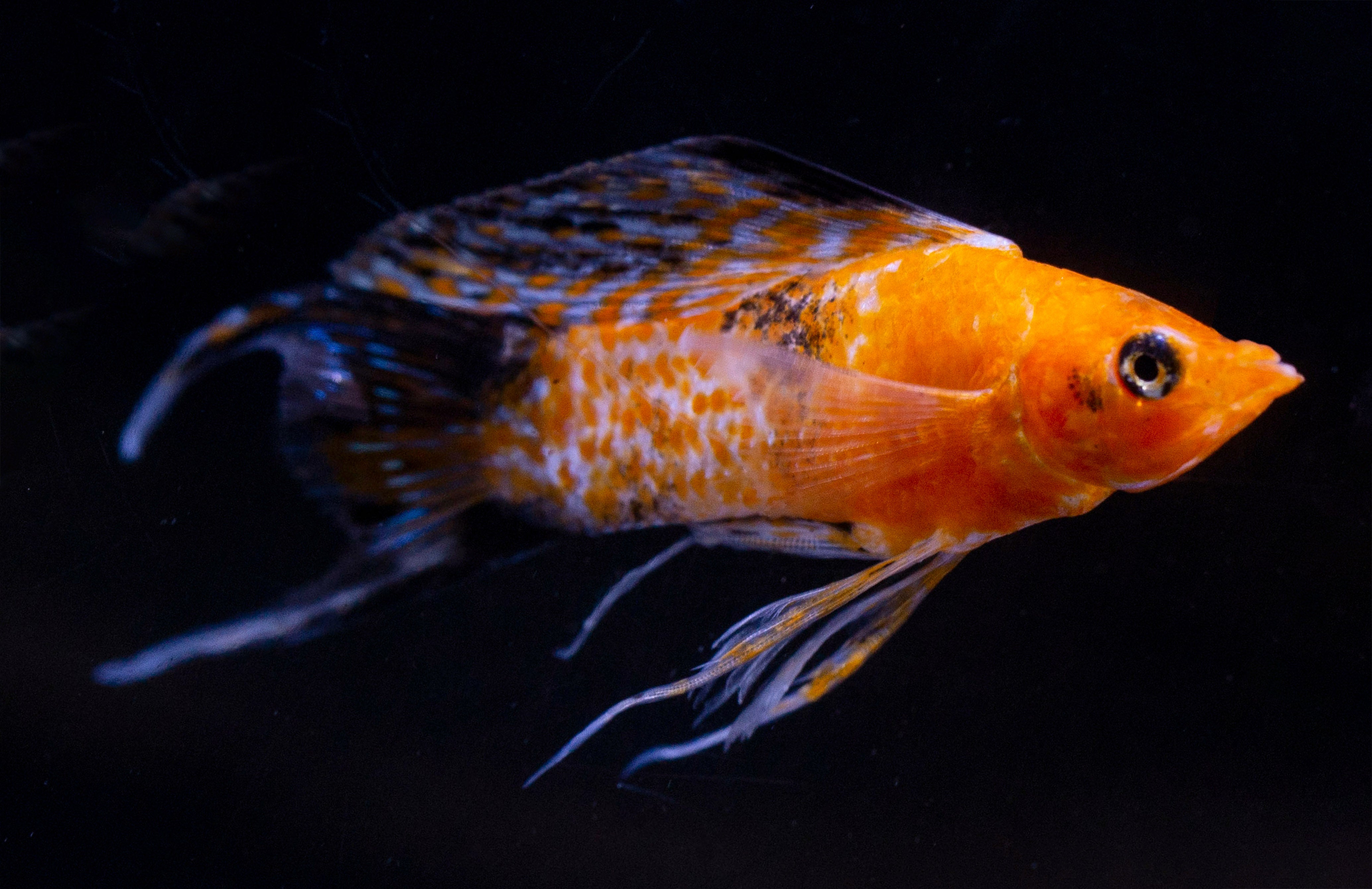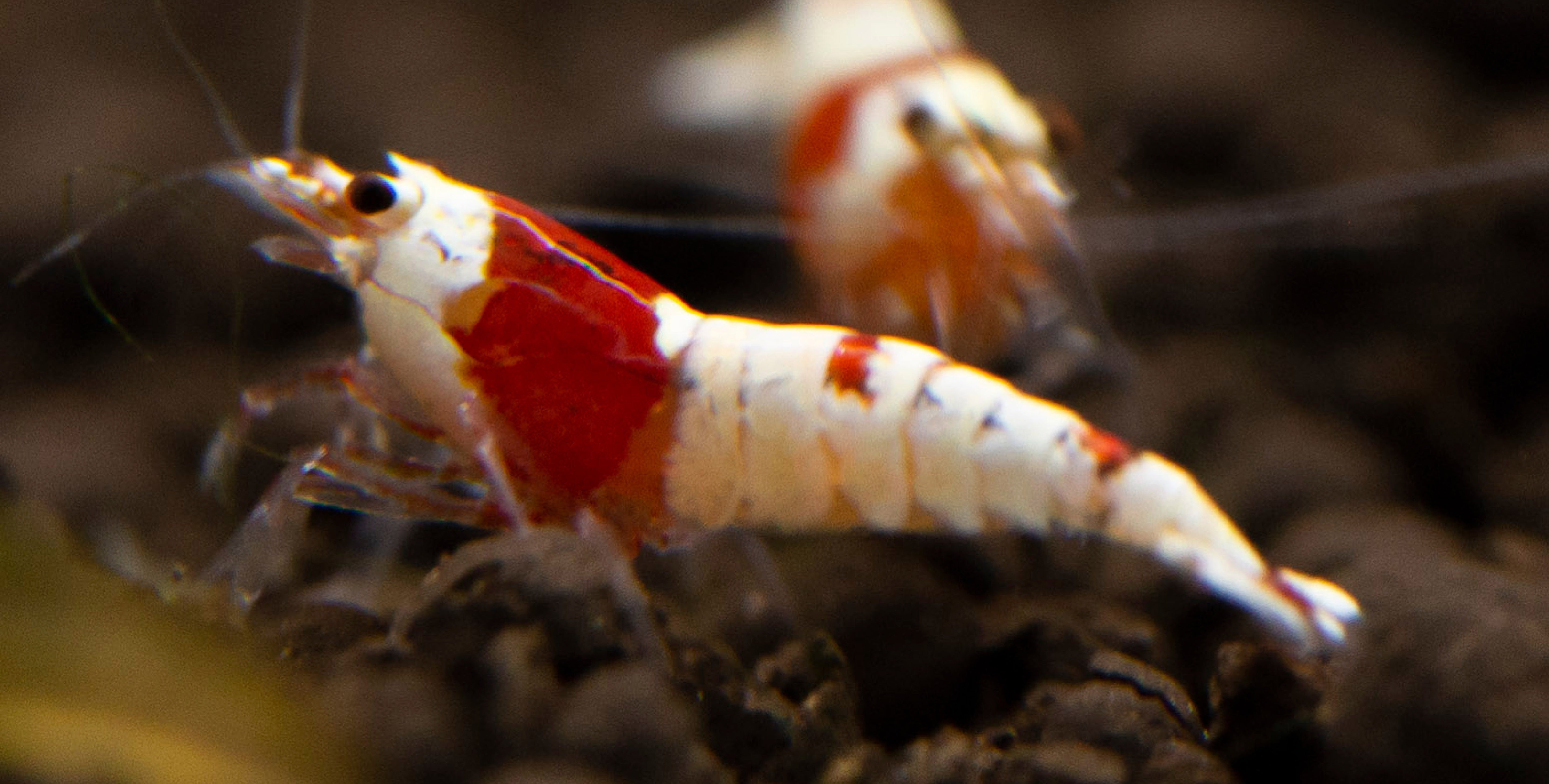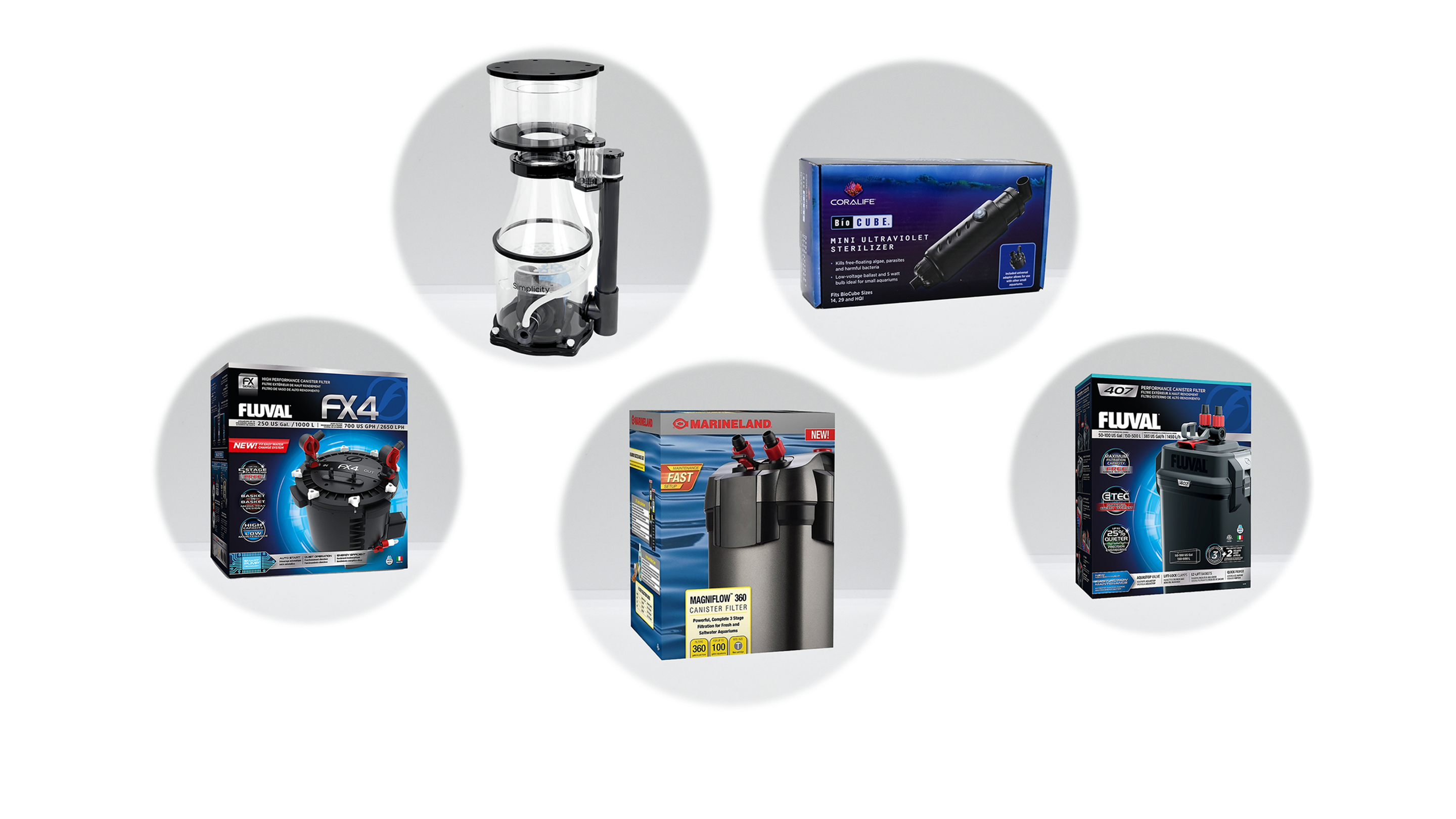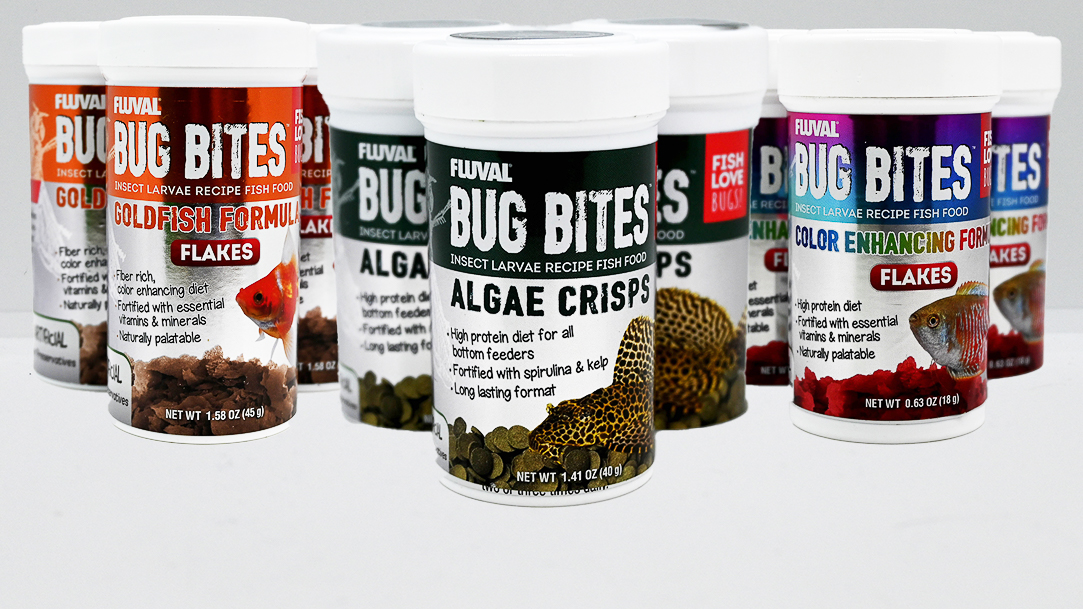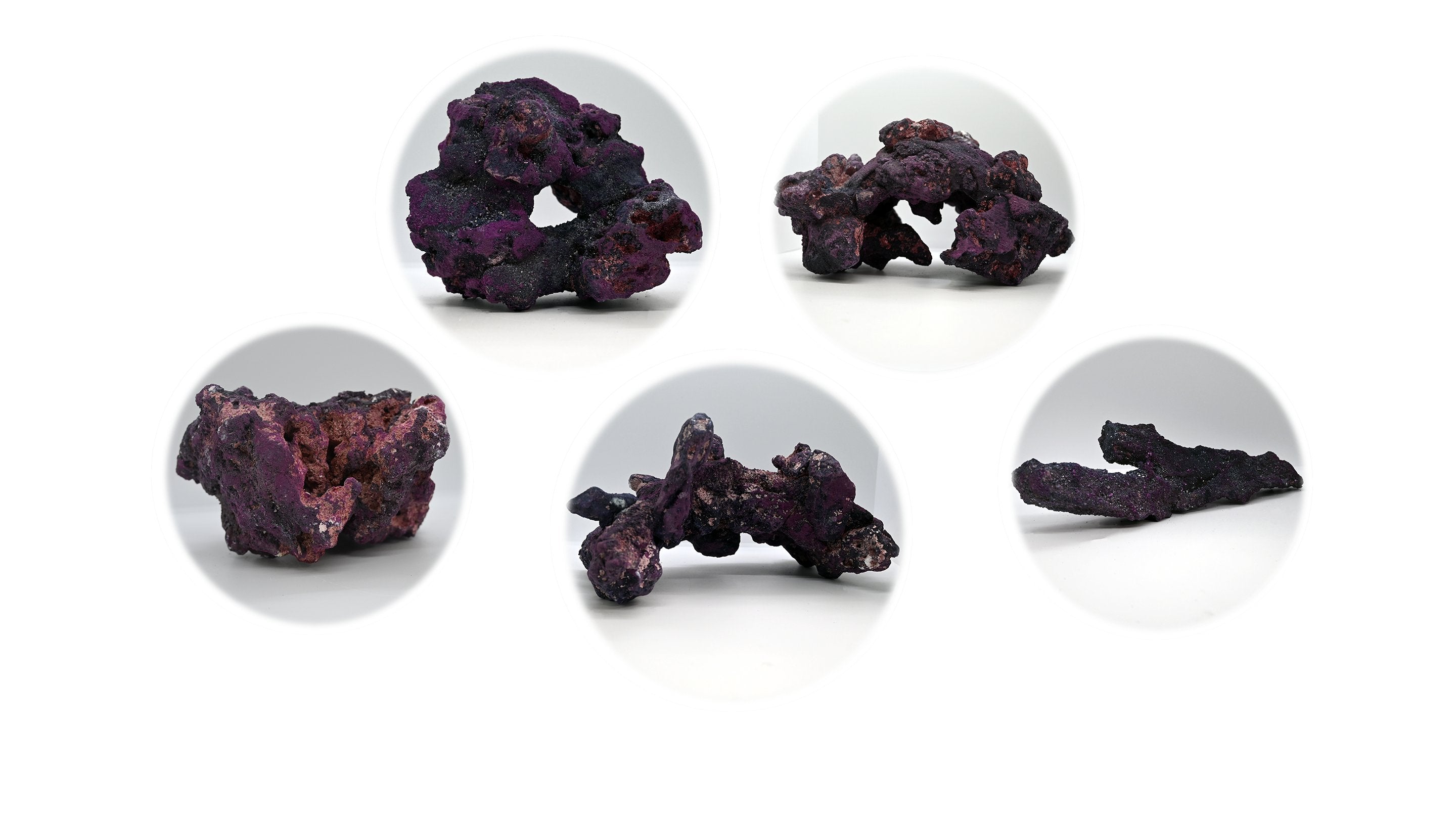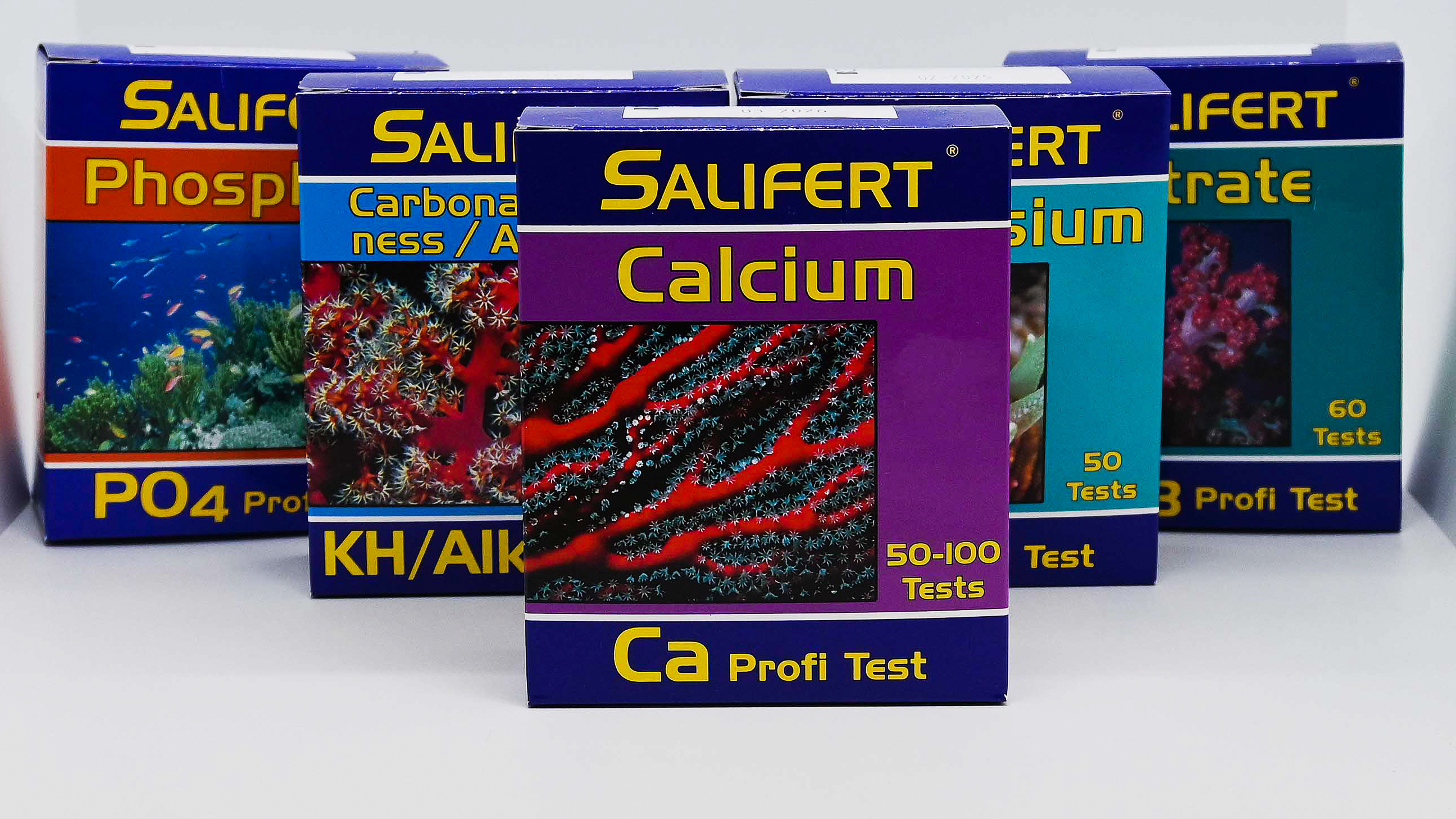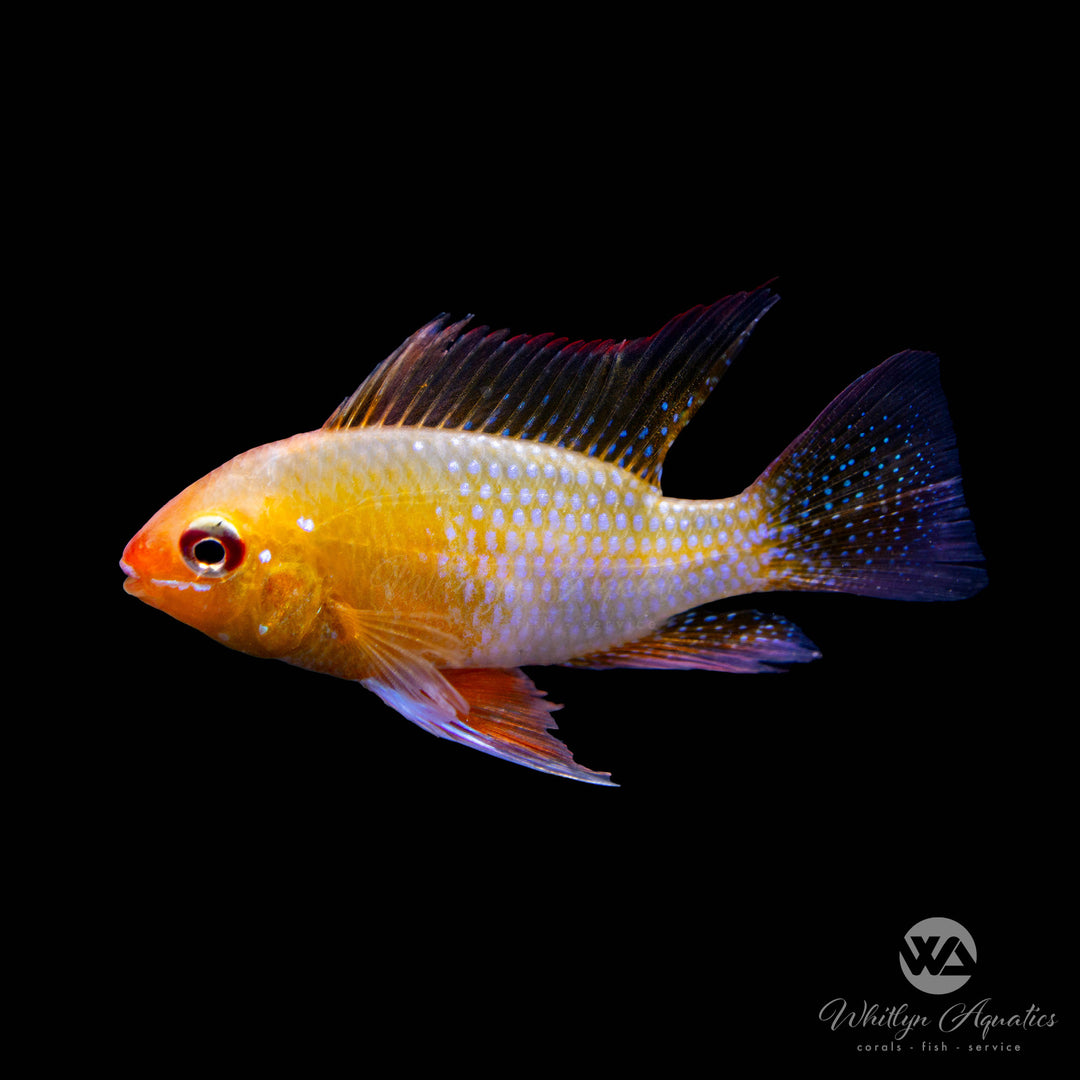
German Gold Ram - Mikrogeophagus ramirezi
- In stock, ready to ship
- Backordered, shipping soon
The German Gold Ram (Mikrogeophagus ramirezi) is a stunning freshwater cichlid admired for its brilliant golden coloration and peaceful temperament. This vibrant fish is a favorite among aquarists for its striking appearance and relatively easy care, making it an ideal addition to a well-maintained community aquarium.
Description:
• Common Name: German Gold Ram, Golden Ram
• Scientific Name: Mikrogeophagus ramirezi
• Family: Cichlidae
• Size: Up to 3 inches (7.5 cm)
• Color: Bright golden-yellow body with iridescent blue highlights and red accents on the fins and eyes
Native Region:
The German Gold Ram is a selectively bred color variant of the Ram Cichlid, which is native to the Orinoco River basin in Venezuela and Colombia. The wild-type Ram inhabits slow-moving waters with dense vegetation.
Aquarium Setup:
• Tank Size: Minimum of 20 gallons (75 liters) for a pair or small group
• Water Parameters:
• Temperature: 78-85°F (26-29°C)
• pH: 5.5-7.0
• Hardness: Soft to moderately hard water (3-10 dGH)
• Substrate: Soft sand or fine gravel; prefers a well-planted tank with hiding spots and open swimming areas
• Diet: Omnivorous; feed a varied diet of high-quality flakes, pellets, and live or frozen foods like brine shrimp, bloodworms, and daphnia
Care Level:
• Difficulty: Moderate
• Temperament: Peaceful and social; can be territorial during breeding
• Lifespan: 2-4 years
• Breeding: Egg-layer; requires specific conditions, including slightly acidic water and a secluded spawning site
Additional Tips:
• Tank Mates: Ideal for community tanks with other peaceful fish such as tetras, rasboras, and dwarf gouramis. Avoid aggressive or much larger species.
• Water Quality: Sensitive to poor water conditions; regular water changes and stable parameters are crucial for their health.
• Behavior: German Gold Rams are social and should be kept in pairs or small groups. They are known for their interactive behavior with both tank mates and their keepers.


